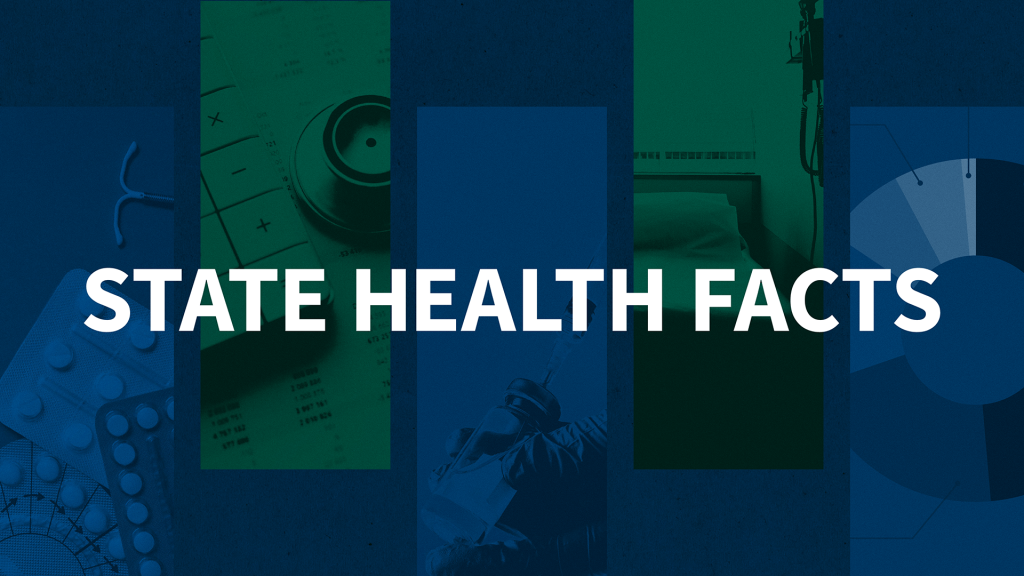Key Facts about the Uninsured Population
This issue brief describes trends in health coverage in 2023, examines the characteristics of the uninsured population ages 0-64, and summarizes the access and financial implications of not having coverage.
The independent source for health policy research, polling, and news.
KFF’s policy research provides facts and analysis on a wide range of policy issues and public programs.
KFF designs, conducts and analyzes original public opinion and survey research on Americans’ attitudes, knowledge, and experiences with the health care system to help amplify the public’s voice in major national debates.
KFF Health News is a national newsroom that produces in-depth journalism about health issues and is one of the organization’s core operating programs.
State Health Facts is a KFF project that provides free, up-to-date, and easy-to-use health data for all 50 states, the District of Columbia, and the United States. It offers data on specific types of health insurance coverage, including employer-sponsored, Medicaid, Medicare, as well as people who are uninsured by demographic characteristics, including age, race/ethnicity, work status, gender, and income. There are also data on health insurance status for a state's population overall and broken down by age, gender, and income.
This issue brief describes trends in health coverage in 2023, examines the characteristics of the uninsured population ages 0-64, and summarizes the access and financial implications of not having coverage.
This fact sheet reviews major sources of coverage for women residing in the U.S. in 2023, discusses the impact of the Affordable Care Act on women’s coverage, and the coverage challenges that many women continue to face.
In this JAMA Health Forum post, Executive Vice President Larry Levitt explores why the incoming Trump administration and Republican majorities in Congress are likely to pursue budget cuts in Medicaid and the Affordable Care Act and why such efforts are likely to boost the number of uninsured Americans.
Among NHPI people, there is significant variation in key factors that influence health, including health coverage, income, and homeownership, with Marshallese people faring the worst across all examined measures. Data gaps prevent the ability to fully identify and understand health disparities for NHPI people. Among available data, NHPI people fare worse than White people for the majority of measures.
This policy watch examines the implications of new proposed regulations that would allow Medicare and require Medicaid to cover drugs used to treat obesity, including a relatively new class of highly effective but costly drugs known as GLP-1s.
In Medicare Physician Fee Schedule Final Rules from recent years, the administration made changes to Medicare payment policies for certain dental services, in addition to other payment and policy changes. The 2023 rule clarified CMS’s interpretation of when medically necessary dental services can be covered and codified certain payment policies, and the 2023, 2024, and 2025 rules define new clinical scenarios for which Medicare payment can be made for dental services. This brief describes current law related to coverage and payment for dental services under Medicare and the rationale for changes to current policy, explains changes to dental payment and coverage included in these rules, and discusses the impact on Medicare and beneficiaries. While these changes are projected to benefit a small number of Medicare beneficiaries, they do not represent a broad expansion of Medicare coverage of dental services.
This issue brief discusses key changes to immigration policies that may take place under the second Trump administration based on his previous record and campaign statements, and their implications.
This brief provides an overview of the DACA program, discusses its status and potential impacts of the ACA Marketplace expansion to DACA recipients, and highlights key issues to consider.
These resources are for anyone shopping (or helping someone shop) for health coverage within the health insurance marketplaces created through the Affordable Care Act (also known as the ACA or Obamacare.)
This brief provides an overview of the financial assistance provided under the ACA for people purchasing coverage on their own through health insurance Marketplaces (also called exchanges).
© 2026 KFF
